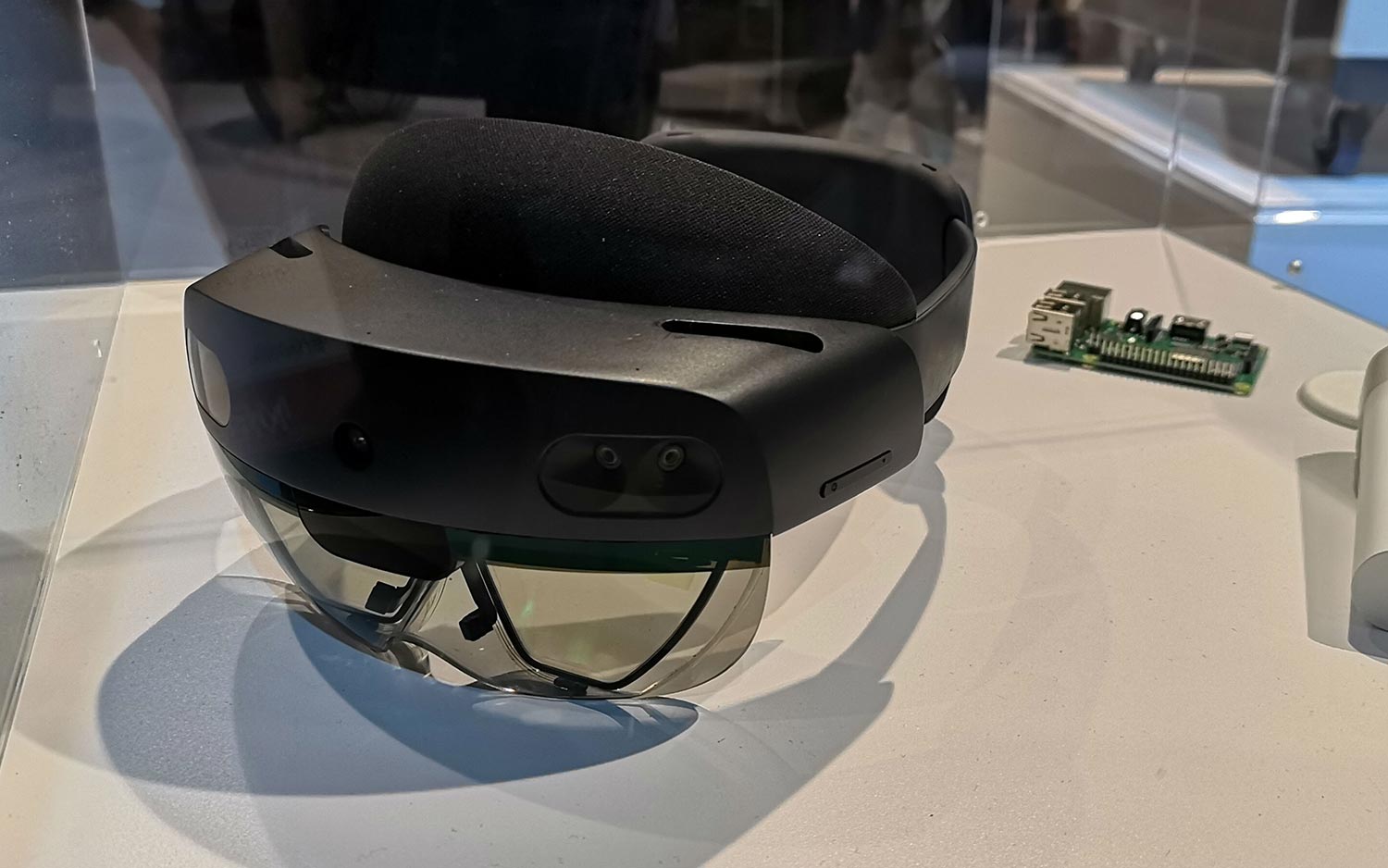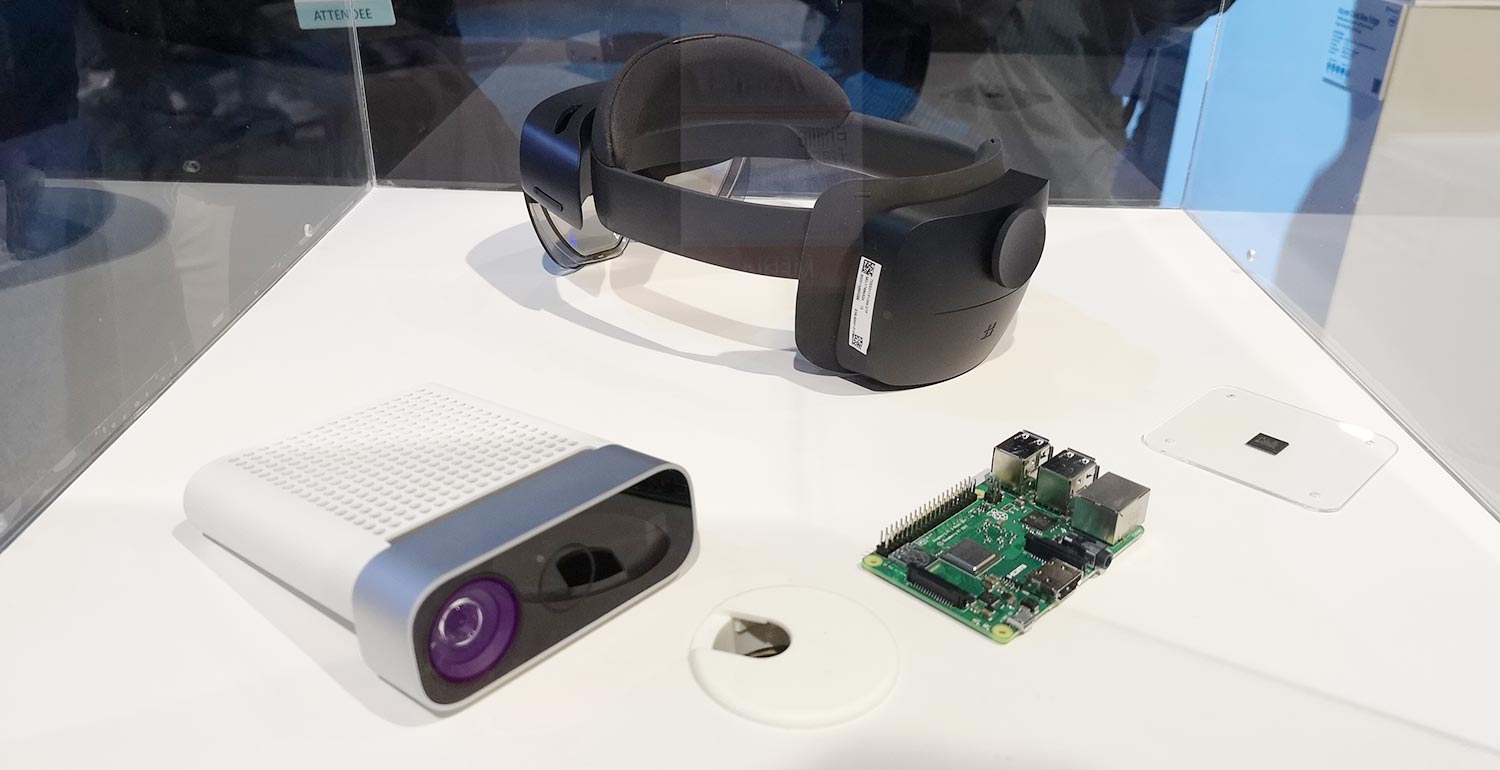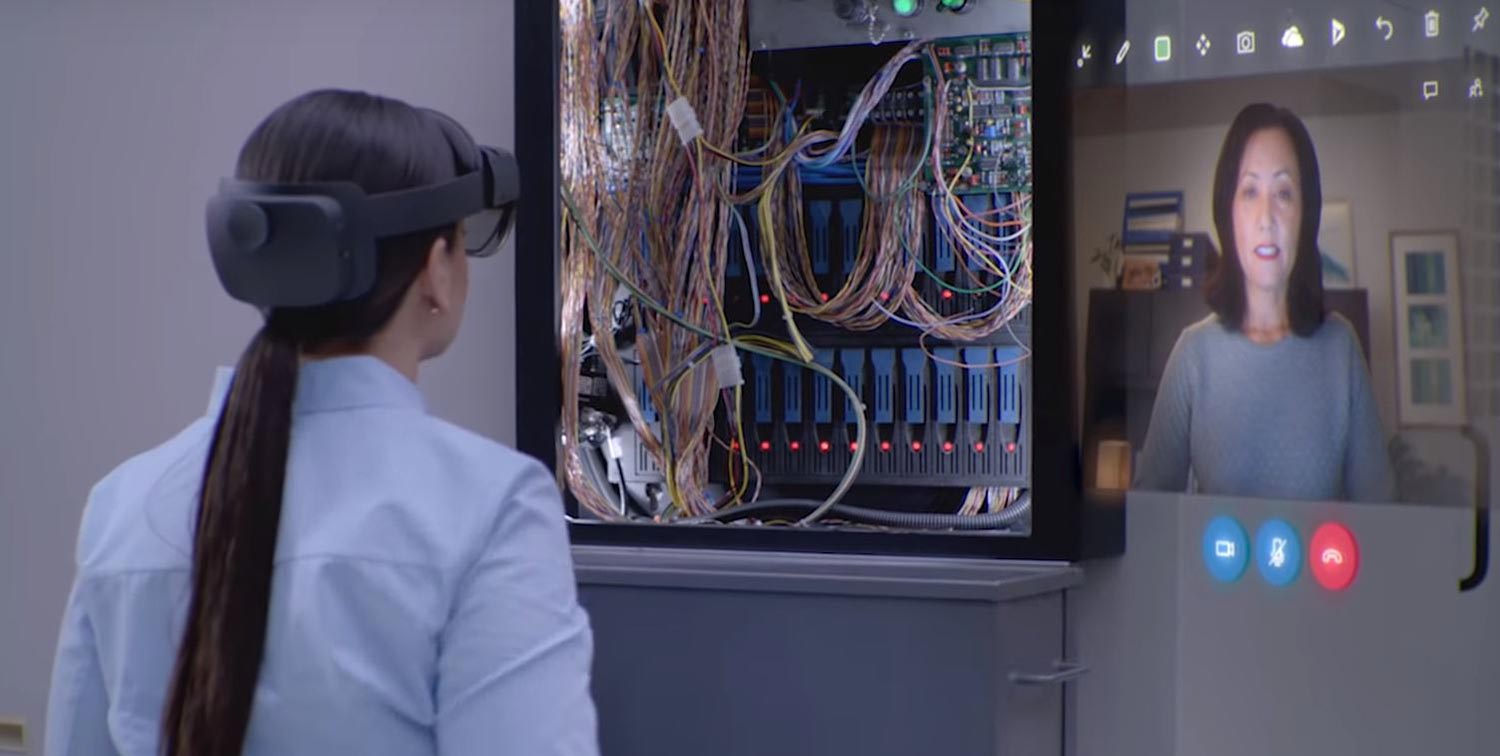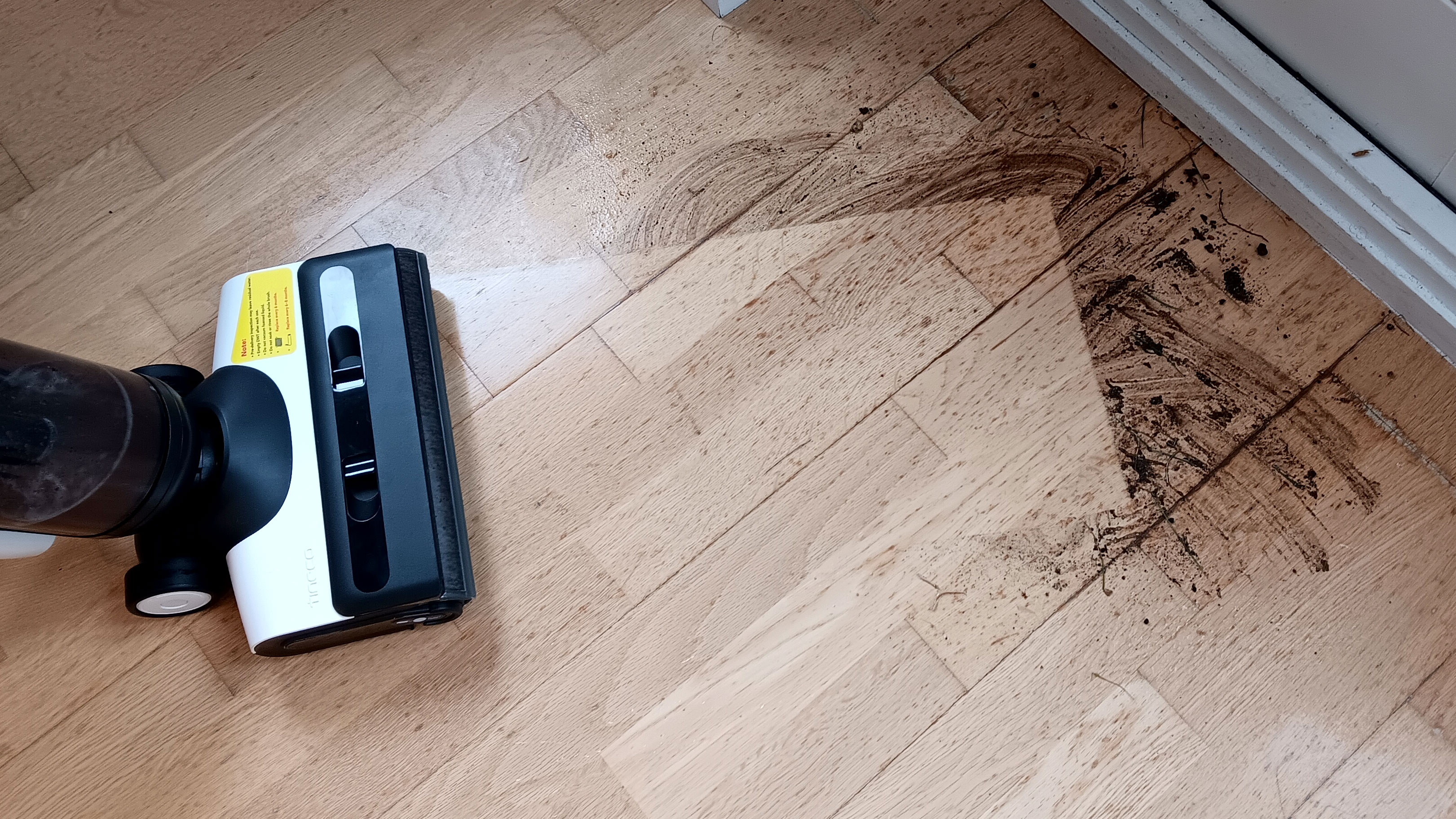Why HoloLens 2 Is a Big Step Forward
We got to spend some time using HoloLens 2 and learned why Microsoft thinks it will shape the future of tech.

A hummingbird hovers in place, surrounded by three polygons that are seemingly preventing it from flying away. Determined to save the beautiful specimen, I stare hard at an orb and shout, "Pop." One by one, they disappear.
I then hold my hand out flat and a hummingbird flutters over to its savior. For a second, I feel like a Jedi who has just discovered his ability to manipulate objects with his mind.
Of course, this wasn't a real bird, and those orbs were mere holograms projected by the HoloLens 2 headset I was wearing. But it was at this moment that I understand Microsoft's vision for bringing HoloLens into our homes.
While it may not seem like it at the moment, Microsoft still believes HoloLens will be as ubiquitous as smartphones and laptops one day. Greg Sullivan, the director of communications for mixed reality at Microsoft, told me at Microsoft Build 2019 that HoloLens will be a "pervasive" technology that everyone will eventually own.

HoloLens 2 is a step toward that goal. When Microsoft returned to the drawing board to build the successor to its mixed-media headset, it focused on three areas of improvement: immersion, comfort and time to value (how quickly a company can create mixed-reality apps for its needs). While I can't comment on the last point, Microsoft nailed the first two.
MORE: Microsoft Reveals $3,500 HoloLens 2 Developer Kit
The headset was easy to put on — I simply placed the soft pad on my forehead and cranked the dial in the back until it fit snugly. The headset also felt surprisingly lightweight — more so than its predecessor — because Microsoft moved several components, including the battery and SoC, from the front of the headset to the rear. Now the weight of the product is evenly distributed between the front and back of your head. I didn't feel any discomfort after using HoloLens 2, which reminded me a lot of the supremely comfortable PlayStation VR.
Get instant access to breaking news, the hottest reviews, great deals and helpful tips.

Microsoft also made several improvements to the underlying technology that generates these convincing holograms. While conveniently edited out of public-facing demo videos, the field of view of the original headset was quite narrow: The holograms appeared only in a small rectangular area in front of the wearer.
MORE: I Jumped Off a Building In a Windows MR Headset
With HoloLens 2, Microsoft increased that area by around 2.3 times, so you can now view more content without moving your head around. Another addition is the new eye-tracking technology, which worked like a charm in the hummingbird demo.

Despite the enhancements Microsoft made, HoloLens 2 is still far from perfect. There were moments when I had to take a few steps back to see entire objects or scale it down to fit within my view. I also had some issues using the new hand gestures to pinch objects to resize them or grab to move them. The headset occasionally failed to recognize when I wanted to let go of objects, then dragged them across the room when I stepped away.
MORE: Best VR Headset - Virtual Reality Systems for PCs, Phones
These are just a few of the technical reasons that explain why Microsoft is still a long way away from selling mixed-reality headsets on Best Buy shelves. Other limiting factors include the price: At $3,500, the headset is prohibitively expensive for most folks; most mixed content that's being developed today is meant for business use.
However, if Microsoft can continue to make the same strides it took between the first and second versions of HoloLens, then we'll be interacting with holograms from the comfort of our home sooner rather than later.
Credit: Tom's Guide
Phillip Tracy is the assistant managing editor at Laptop Mag where he reviews laptops, phones and other gadgets while covering the latest industry news. Previously, he was a Senior Writer at Tom's Guide and has also been a tech reporter at the Daily Dot. There, he wrote reviews for a range of gadgets and covered everything from social media trends to cybersecurity. Prior to that, he wrote for RCR Wireless News covering 5G and IoT. When he's not tinkering with devices, you can find Phillip playing video games, reading, traveling or watching soccer.
